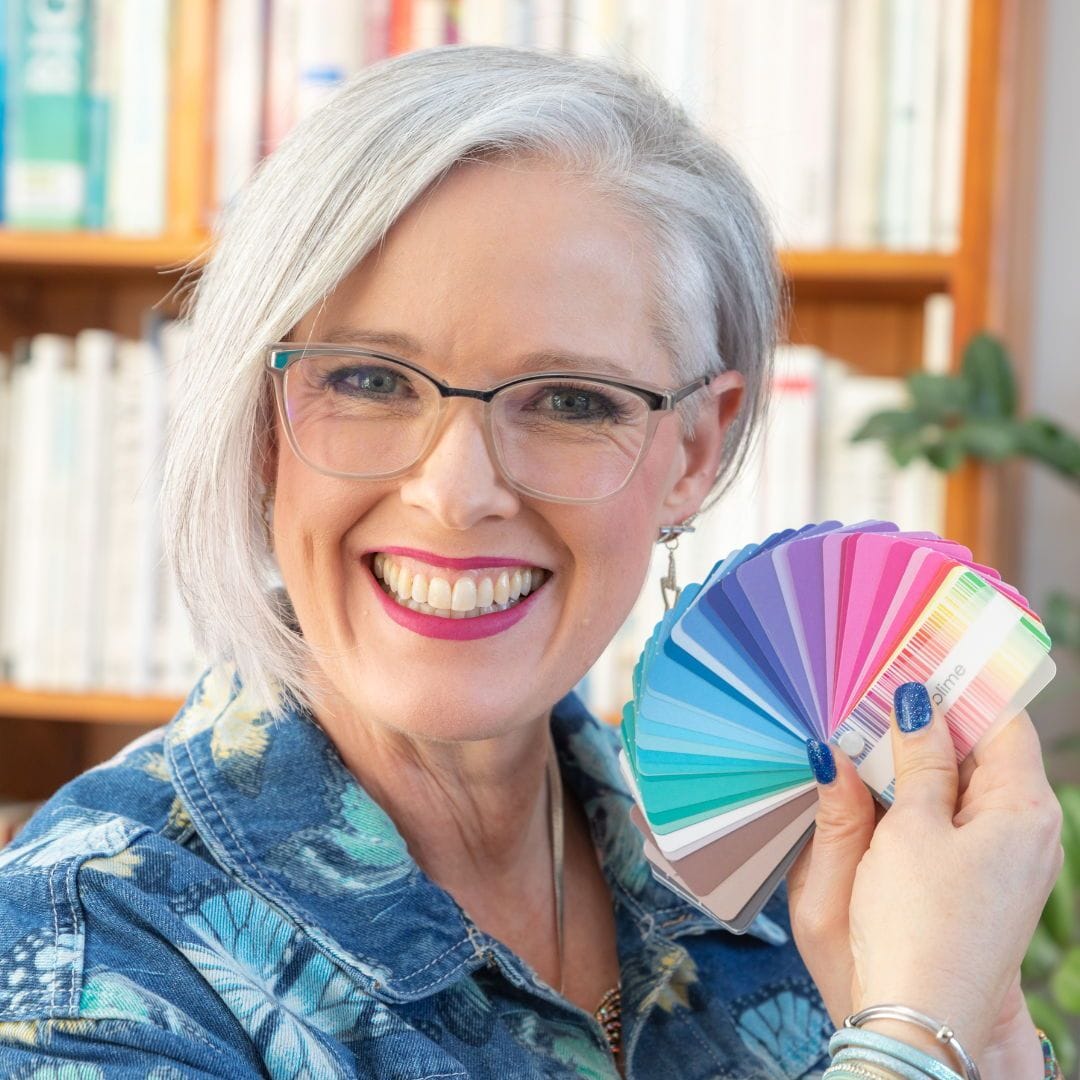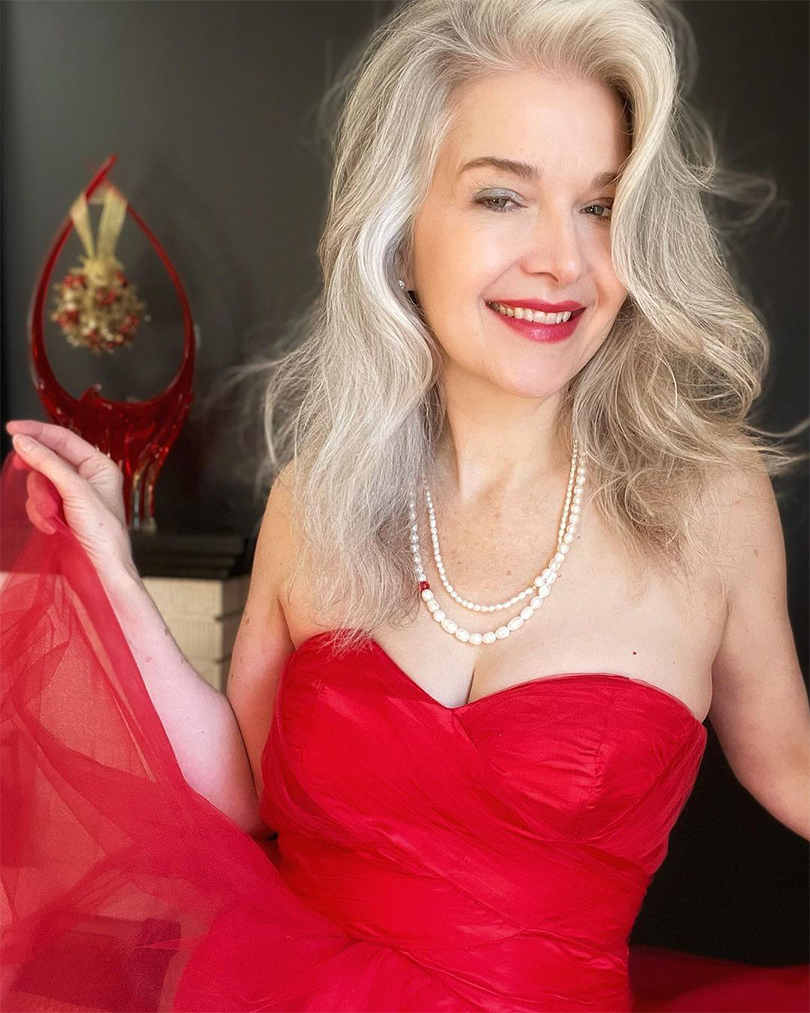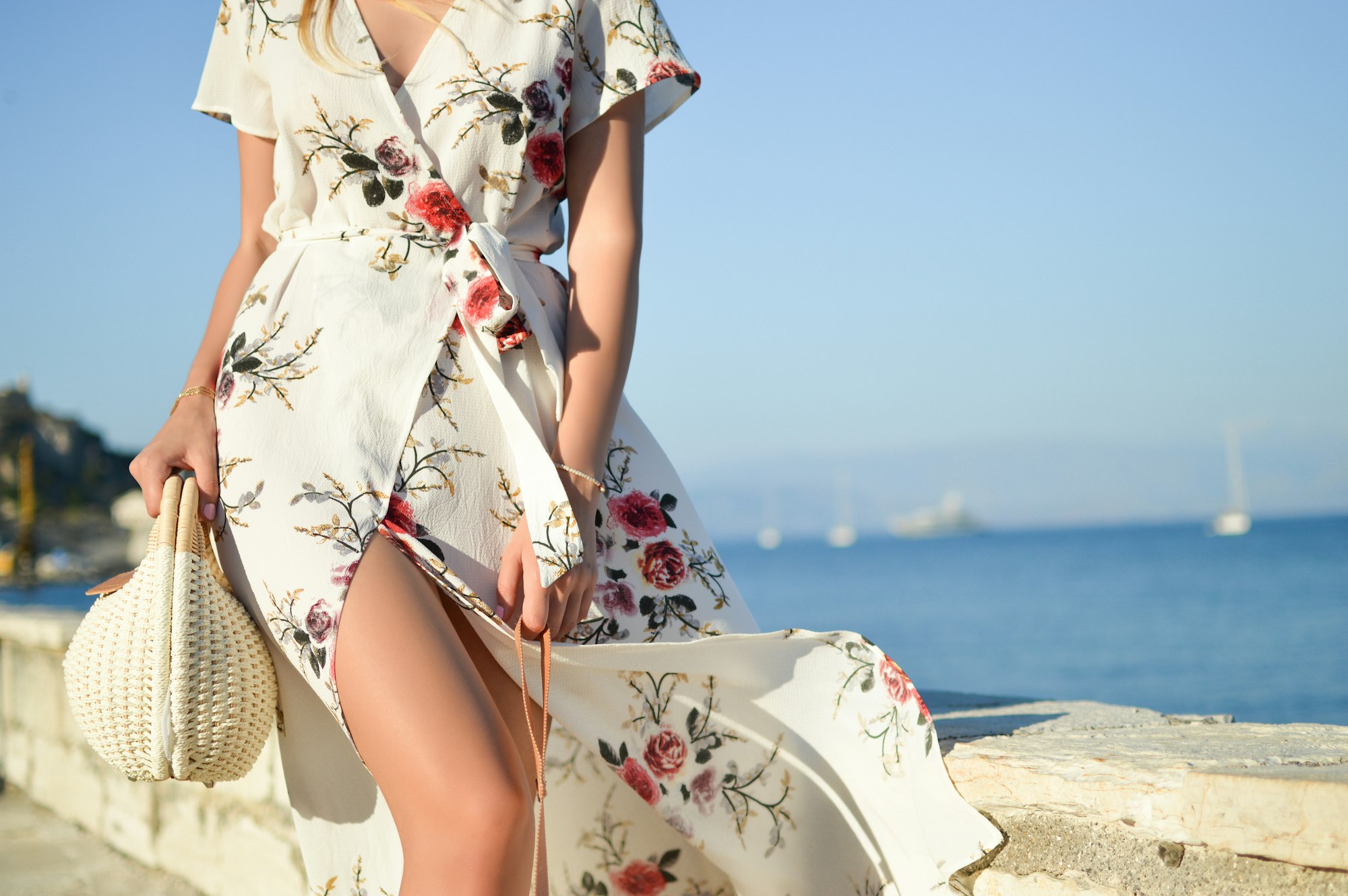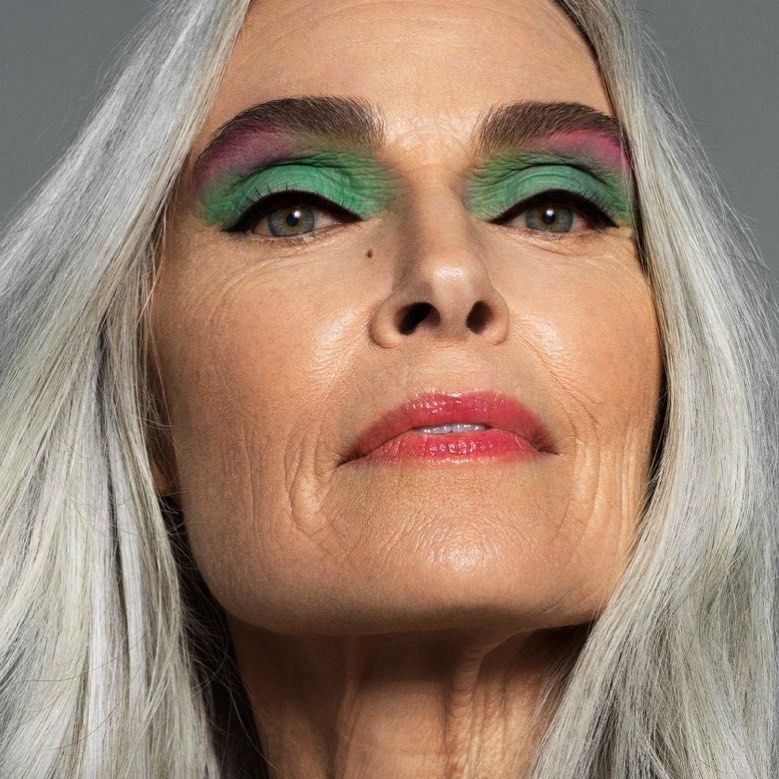Are you struggling to find clothes that truly suit you? Do you feel overwhelmed by fashion trends that seem to cater only to younger people? Are you unsure about how to adapt your wardrobe as your body and lifestyle change over time? Do you also feel conflicted between dressing too old or too young?
These are common challenges that many of us face when it comes to personal style. In a world where fashion often seems to prioritize youth amongst fleeting trends, it's easy to feel left out. Imogen Lamport, a renowned image consultant enlightens us with over 20 years of experience. Imogen is the founder of the blog "Inside Out Style" and the creator of the "Absolute Color System". She is also the president of the AICI Association of Image Consultants International in Australia. Imogen's expertise lies in helping people discover their style, blending physical characteristics with personality and lifestyle to create a cohesive and authentic look.
Video Chapters from the Conversation(Click)
- Meet Imogen Lamport
- Identifying your personal style
- Fashion Challenges for Older Adults
- Understanding Personal Color Analysis
- Is it time to Update?
- Organizing Your Wardrobe and Letting Go
- Get a Style Education
- Sustainability in Fashion
With over two decades of experience, Imogen details her initial struggles with personal styling, which led her to discover the field of image consultancy. This discovery ignited her passion, prompting her to undergo training and eventually transform into a professional and expert in this field.
A lot of women in particular talk about not wanting to look like mutton dressed as lamb which is an English saying for looking like an older person trying to dress too young
How to Stay Fashionable as You Age?
Imogen highlights that mainstream fashion often caters to younger demographics, leaving older adults feeling excluded. This disconnect makes it challenging for many older adults to find clothes that are stylish yet appropriate. She points out specific issues like the prevalence of designs with cutouts or short hemlines, which do not appeal to older clients who prefer more coverage. Additionally, as bodies and skin tones change with age, it becomes necessary to reassess and adapt one’s wardrobe to these changes. To stay updated she suggests -
- Define Your Style
- Find Your Color
- Reassess Fashion Choices
- Upgrade and Reorganize Your Wardrobe
1.Define your Personal Style
Imogen outlines the three main factors for personal styling: physical aspects, personality, and lifestyle.
- Physical aspects include understanding body shape, skin tone, hair color, body proportions, and so on.
- Personality involves determining and understanding the self-image of clients and how they want to express themselves. If the personal style does not resonate with the personality, one may not feel comfortable in them.
- Lifestyle assessment ensures that the chosen style fits the client's daily activities and requirements. For example, where they hang out and what kind of engagements they are involved in.
Imogen emphasizes that integrating these elements helps in creating a style that not only looks good but also feels comfortable and authentic to the individual.
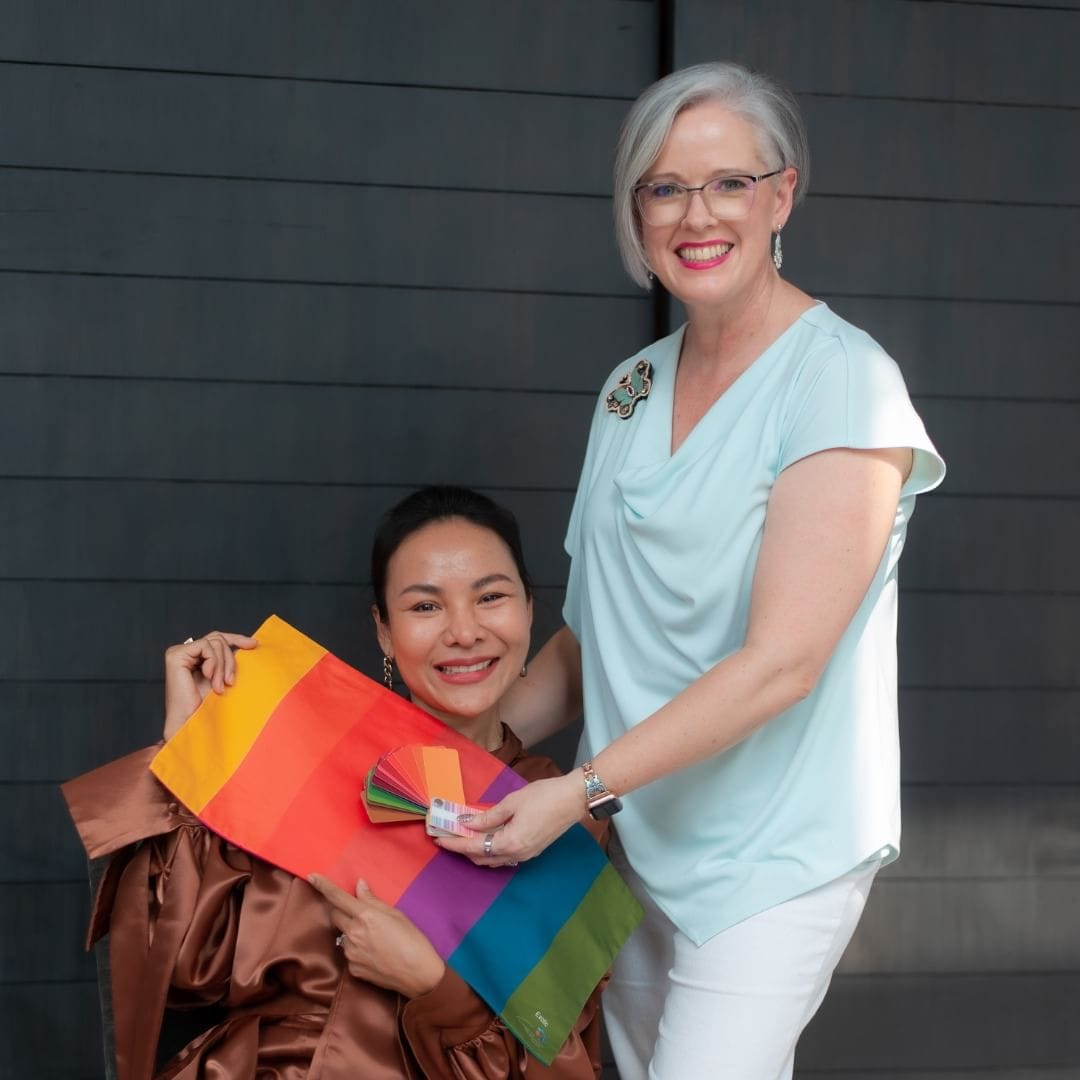
2.What is Personal Color Analysis?
Personal color analysis, a practice that's been around for over 50 years has evolved significantly. Initially popularized in the 1980s with only four seasonal color categories, it has expanded to accommodate a broader range of skin tones and ethnic backgrounds.
Personal color analysis focuses on three key properties:
- Value: The lightness or darkness of a color. Individuals are categorized based on whether they suit lighter, darker, or medium tones.
- Intensity: The brightness or smokiness of a color. This ranges from vibrant and intense colors to softer, more muted tones.
- Undertone: The warmth or coolness of a color, determined by whether it has more blue (cool) or yellow (warm) undertones.
Imogen explains that as people age, their skin and hair pigments change, necessitating a reevaluation of their color palette every five to ten years. She emphasizes that the right colors can make individuals look younger, fresher, and more vibrant.
3. Reassessment and Adaptation in Fashion Choice
Imogen discusses the need for regular reassessment and adaptation of fashion choices as people age. She emphasizes that holding onto outdated clothing can make individuals appear out of touch. Regularly updating the wardrobe helps in maintaining a contemporary look. Reassessments are needed because -
- Lifestyle changes - A shift in lifestyle such as retirement will need a transition from a more profession-oriented wardrobe into casual attire to suit changing activities.
- Physical changes - Our body, skin, and hair undergo continuous changes that lead to drastic shifts in our color palette when adjudged after a span of 5 to 10 years. Phases such as menopause can also impact your body influencing your fashion choices.
- Changes in Fashion - Fashion keeps changing. Imogen illustrates it with the fact that fashion is like Milk. Just as milk tends to go off after some time, we need to get rid of clothes that have become stale.
Imogen shares that updating one’s wardrobe isn’t just about following trends but about ensuring that clothes fit well and flatter the current body shape. To keep oneself abreast of newer trends, it is a good idea to go through the stores and see how distinct your dresses are from the ones you are wearing
Fashion is like milk, it goes off over time. So we have to keep updating our wardrobes. It's very easy as we get older to have a very old wardrobe where things are 20 years old and they've become really dated, which makes you look dated and out of touch
Wearing stylish clothes that resonate with both personality and physical attributes boosts self-esteem and encourages social engagement. Imogen shares personal anecdotes of clients who avoided social events due to a lack of suitable clothing. After a wardrobe overhaul, the client regained confidence and actively participated in social activities.
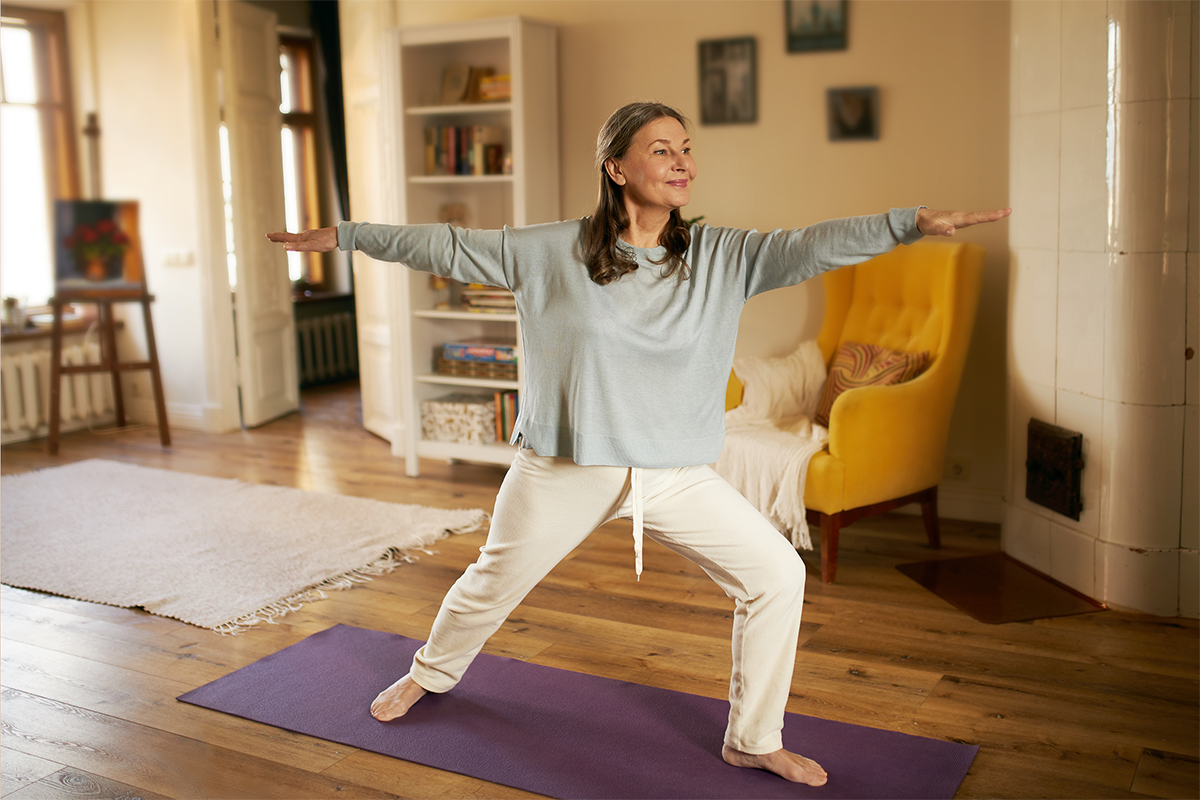
Oseterics is on a mission to inspire you for active and graceful aging. A regular, practical, and tailored Yoga regimen is proven to help in both physical and mental health.
4.Organizing and Upgrading Your Wardrobe
Imogen suggests starting with a thorough assessment of your existing wardrobe. She recommends wearing each item to determine if it still fits well and feels good. This process helps identify clothes that are no longer suitable, either due to changes in body shape, or personal style, or simply because they have become outdated. She compares this to maintaining a functional kitchen: just as you wouldn’t keep expired food, you shouldn’t keep clothes that are worn out or no longer flattering.
Honestly, organizing your wardrobe can be one of the biggest things to make your kind of style life easier and to actually see more outfit potential
She acknowledges that it can be challenging to part with items that have sentimental value or were expensive, but emphasizes the importance of making space for pieces that genuinely enhance your wardrobe
One of her key recommendations is to organize clothes by type (e.g., tops, pants, skirts) and then by color. She also stresses this system makes it easier to see what you have and helps identify any gaps that need to be filled. Imogen suggests considering thrift stores or try out clothing swaps as budget-friendly ways to refresh your wardrobe. These options are not only economical but also environmentally friendly. Imogen reiterates that getting dressed should be a fun and expressive activity. She encourages viewers to embrace fashion as a means of self-expression. By understanding what suits them and keeping their wardrobe organized, individuals can make dressing a joyful and creative part of their daily routine.
Practical Tips for Wardrobe Management
- Let Go of the Old: Wear and evaluate each item in your wardrobe. Discard or donate clothes that no longer fit, are worn out, or don’t feel right.
- Organize Efficiently: Arrange your clothes by type and color for easy access and outfit planning.
- Shop Smart: Utilize second-hand stores or clothing swaps to update your wardrobe cost-effectively.
- Embrace Change: Recognize that your style and needs evolve over time; regularly update your wardrobe to reflect this.
- Use Organizers: If needed user pegboards, boxes, drawers, earnings, hooks for belts and bracelets
- Try Hanging Clothes or Use KonMari Fold: Traditional stacking of clothes can make some of our fashion and accessories items inaccessible. Try novel methods to access
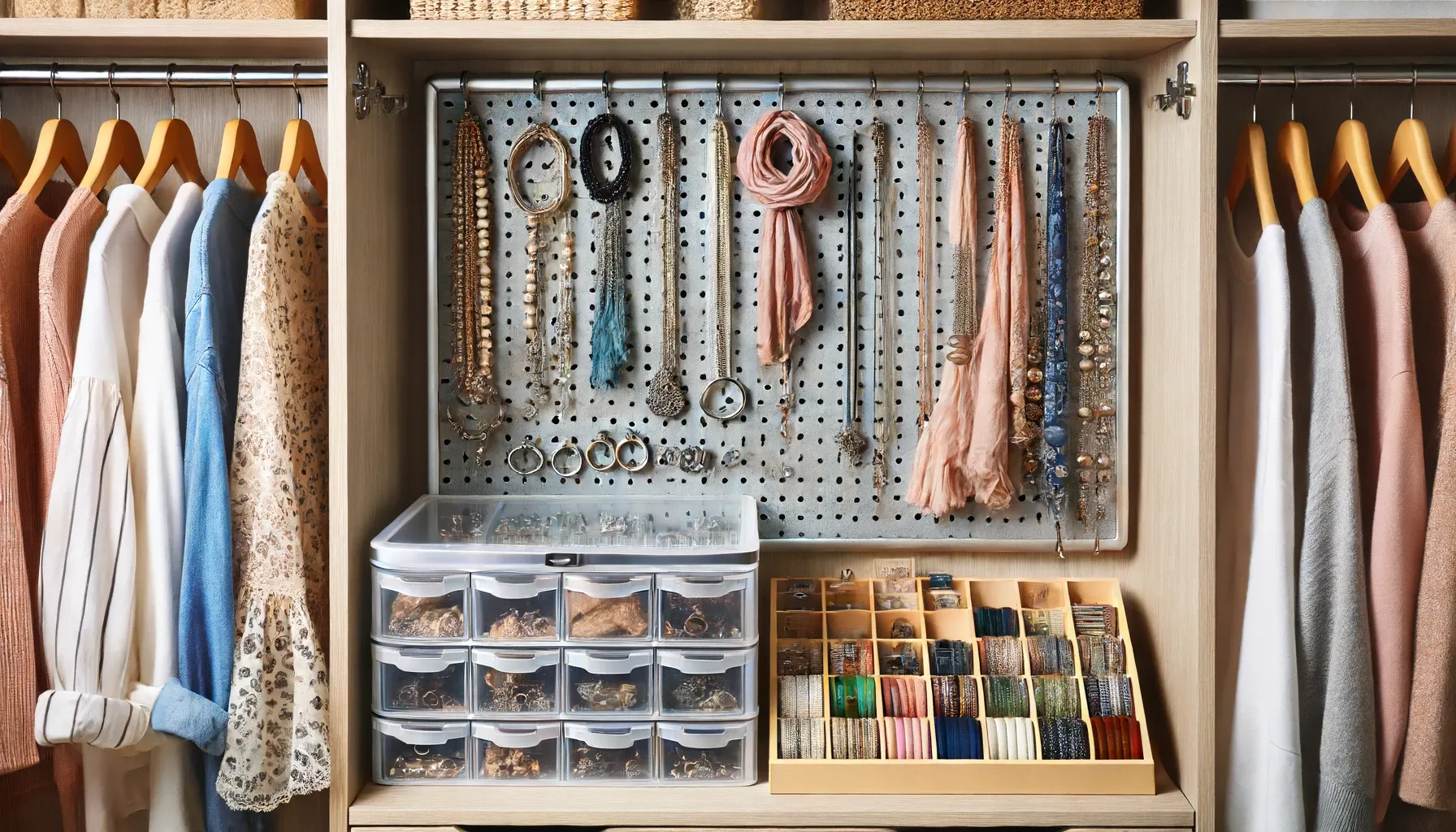
Imogen offers personalized color and style analysis, wardrobe planning, and group programs. She mentions that her group programs provide a budget-friendly option with ongoing support, covering all aspects of style education. For more tailored services, clients can contact her through her bespoke image website.
Feedback: Leave your comments below or email at contact@oseterics.com

